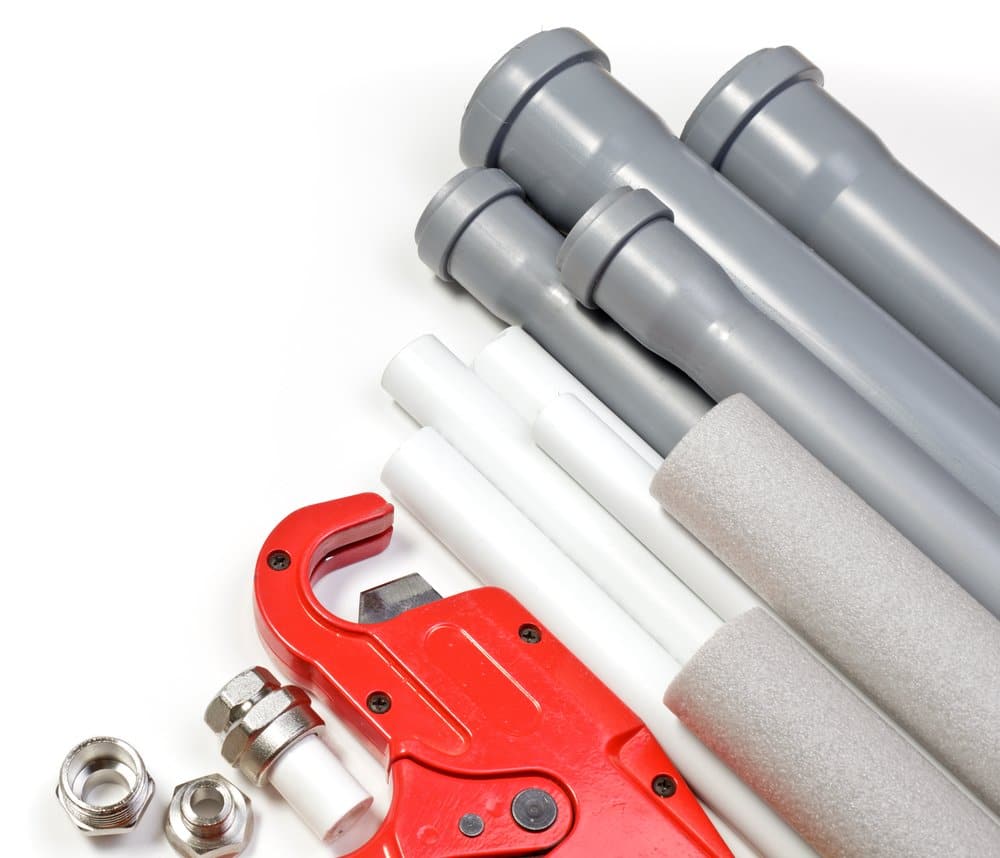If you’re like most homeowners, chances are you don’t spend a whole lot of time thinking about your plumbing pipes – unless, of course, something goes wrong with them. But did you realize that knowing the type and quality of your pipes can actually help you prevent or address such issues more efficiently?
At Expert Services- Plumbing, Heating, Air & Electrical, we’re here to provide a wide variety of drain-related services as part of our comprehensive plumbing package, from basic drain cleaning all the way to full-on sewer line replacement services. There are several sewer pipe types that have been used in new homes over recent decades and which could be present in yours – this two-part blog will go over all the major options plus some general tips for understanding and maintaining your pipe system.
Orangeburg Pipes
Known technically as bituminous fiber piping, Orangeburg piping is a type that was popularized all the way back during World War II. It’s made of wood pulp that’s sealed in with coal tar – these are cheap, affordable materials that many used to replace cast iron, which was harder to find at this period in history.
Interestingly, Orangeburg pipes were originally meant to be used in electrical and telecommunications areas, not plumbing. This means, however, that these pipes are generally not as durable as other types, and have a higher risk of issues like bellying, tree root infiltration and general wear-down. For this reason, Orangeburg pipes have not been widely used since the 1970s.
Cast Iron
Preferable to Orangeburg piping for its significantly improved durability, cast iron was regularly used for homes built before 1960. The only reason Orangeburg pipes became popular for a time was because cast iron was in short supply, essentially.
When installed with vertical drain systems, cast iron pipes will last roughly 30 years. However, they are susceptible to rust and corrosion, plus have uneven interiors that may lead to waste buildup over time. This means cast iron pipes may deal with clogs, cracking, holes and various collapses in some cases.
Clay
Another piping type that was used during the WWII era with cast iron in short supply was clay, which can also last for 30-plus years. Clay is an environmentally-friendly material that resists chemical corrosion, but it’s also a porous material – this means it’s not fully protected from leaking or related concerns. It’s also relatively brittle compared to other pipe types, meaning the risk of crumbling, tree root infiltration and cracking or snapping is fairly high in comparison. This is particularly true if the pipes are under extreme pressure.
For more on the types of pipe you might find and whether you should consider replacing older types, or to learn about any of our plumbing or heating and air services, speak to the staff at Expert Services- Plumbing, Heating, Air & Electrical today.
